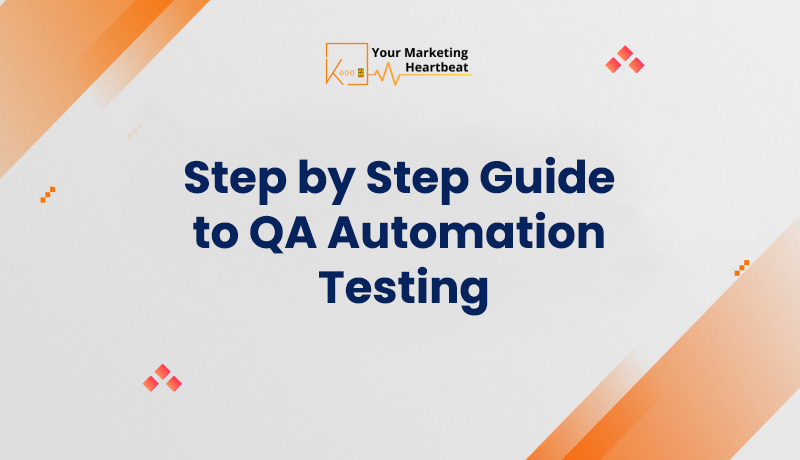
A concise, step-by-step guide to implementing QA automation testing, covering tools, frameworks, best practices, and real-world examples
Quality Assurance (QA) Automation Testing has become an indispensable component in the software development lifecycle. In today’s fast-paced digital landscape, delivering high-quality software products quickly and efficiently is more crucial than ever. Manual testing, while important, can be time-consuming, error-prone, and difficult to scale.
QA automation testing leverages automated tools and scripts to perform a wide range of tests on software applications. These tests are designed to ensure that the software functions correctly, meets specified requirements, and is free from critical bugs. By automating repetitive and complex testing tasks, QA automation significantly reduces the time and effort required for thorough testing, allowing development teams to focus on innovation and feature development.
The foundation of any successful QA automation testing strategy is a set of clear, well-defined objectives. Begin by identifying what you aim to achieve with automation. Are you looking to reduce the time required for testing cycles? Do you want to increase the test coverage of your application? Perhaps your goal is to enhance the accuracy and consistency of your tests by eliminating human error. Defining these objectives will guide your entire automation strategy. Clear goals will also help in justifying the investment in automation tools and resources to stakeholders.
Selecting the right automation tools is a critical step in the process. The tools you choose should align with your project requirements, technology stack, and skill set of your team. There are numerous tools available in the market, each with its own strengths and weaknesses. For instance:
Evaluate each tool based on factors such as ease of use, compatibility with your application, support, and community contributions. Investing time in selecting the right tools can save significant time and effort later in the automation journey.
Not every test case is suitable for automation. Identifying which tests to automate is crucial for maximizing the return on your investment in automation. Focus on the following types of test cases:
By prioritizing these test cases, you can ensure that your automation efforts are focused on the areas that will provide the greatest benefit.
A robust automation framework is the backbone of your automated testing efforts. It defines the structure and guidelines for creating and executing automated tests. A well-designed framework should include:
Popular automation frameworks include Data-Driven, Keyword-Driven, and Hybrid frameworks. Choose or build a framework that best suits your project needs and can adapt to future changes and expansions.
With your framework in place, the next step is to write and execute your test scripts. Writing effective test scripts requires careful attention to detail and adherence to best practices:
Regularly execute your test scripts to ensure they remain effective and relevant. Integrate them into your continuous integration (CI) pipeline to enable automatic execution with every code change.
Automation is not a set-it-and-forget-it solution. Regular monitoring and maintenance of your automated tests are essential to ensure they remain effective. As your application evolves, your test scripts will need to be updated to reflect new functionalities and changes. Monitor the test execution results to identify any failures or issues, and promptly address them. Regular maintenance helps in keeping your automation suite relevant and reliable, ensuring continuous delivery of high-quality software.
Integrating your automated tests with Continuous Integration (CI) and Continuous Deployment (CD) pipelines is crucial for modern software development practices. CI/CD integration ensures that your tests are executed automatically with every code change, providing immediate feedback on the health of your application. This early detection of issues helps in maintaining high software quality and accelerates the development process. Tools like Jenkins, Travis CI, and CircleCI can help automate this integration, streamlining your workflow and enhancing efficiency.
QA automation testing is a powerful strategy to enhance the quality and efficiency of your software development process. By following these steps, you can implement an effective automation testing framework that will help you achieve your goals, whether it’s reducing testing time, increasing test coverage, or ensuring consistent and reliable test results. Remember, the key to successful QA automation lies in clear objectives, selecting the right tools, and continuous monitoring and maintenance. Embrace automation to take your QA processes to the next level and deliver high-quality software products with confidence.



April 23, 2024